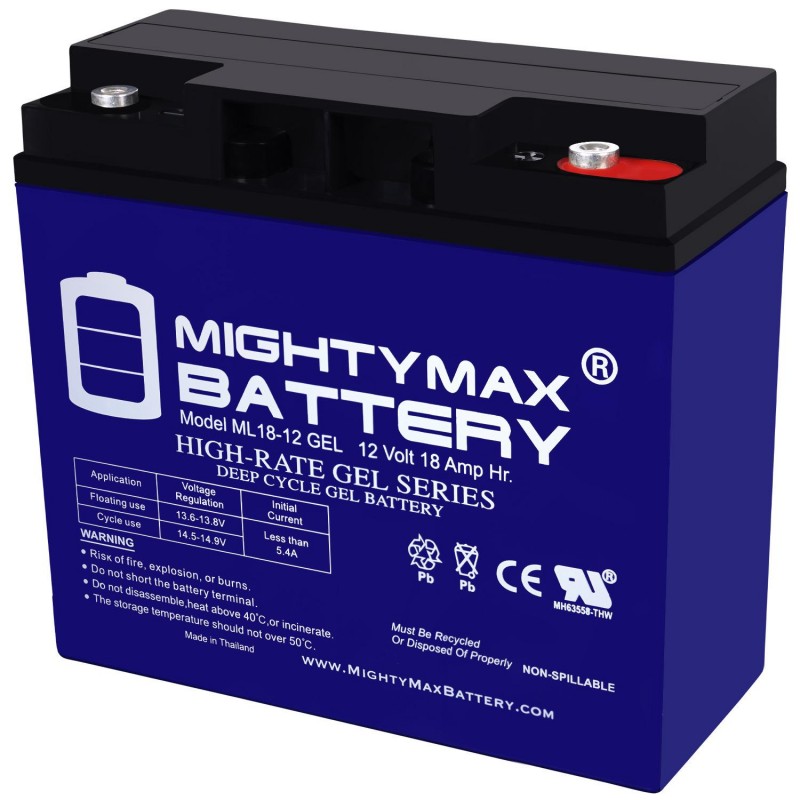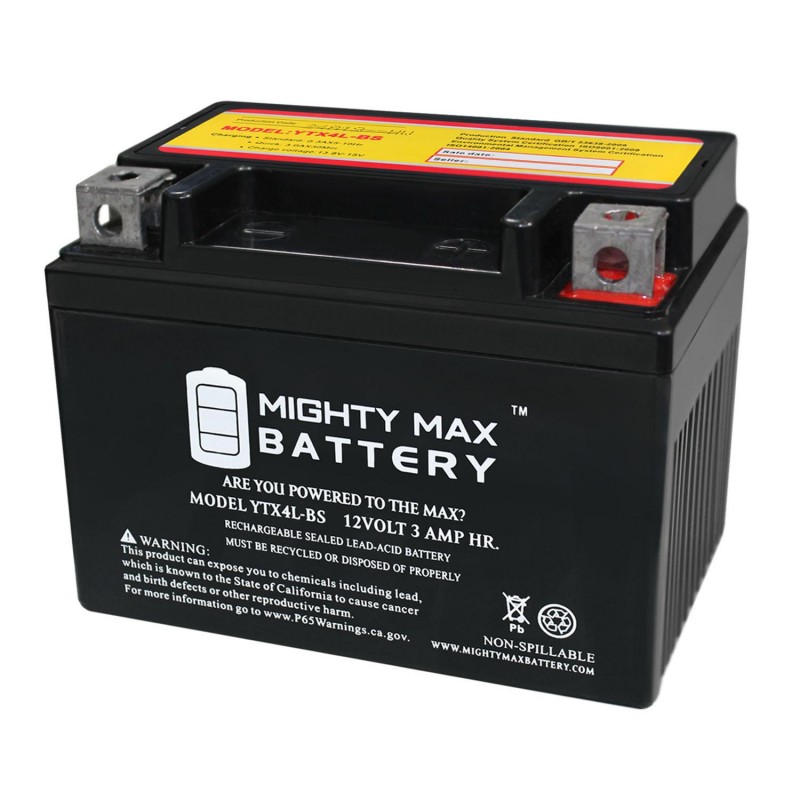When it comes to car maintenance, understanding the components that make up your vehicle’s battery can be incredibly beneficial. One of the most critical aspects of a car battery is the acid used within it. But what is the acid in car batteries, and why is it so important? The acid, usually sulfuric acid in the case of lead-acid batteries, plays a crucial role in converting chemical energy into electrical energy to power the car. This chemical reaction inside the battery enables everything from starting the engine to powering the electrical systems of the vehicle. However, this acid can be hazardous if mishandled, making it essential for vehicle owners to familiarize themselves with the properties and implications of battery acid. In this comprehensive article, we will explore the nature of battery acid, the types of batteries that use it, how it operates, safety measures associated with it, maintenance best practices, and much more. By gaining a thorough understanding of what the acid in car batteries is and how it functions, you will be better equipped to maintain your vehicle and ensure its longevity.
The Composition of Car Batteries
To fully comprehend what the acid in car batteries is, we must first delve into the general composition of car batteries themselves. The most common type of battery used in vehicles is the lead-acid battery. Understanding its makeup helps clarify the role of acid in the battery’s overall function and performance.
Lead-Acid Batteries
Lead-acid batteries consist of multiple components:
- Positive Plates: Made of lead dioxide (PbO2), these plates facilitate the oxidation process when the battery discharges.
- Negative Plates: Composed of spongy lead (Pb), these plates enable the reduction process during discharge.
- Separator: This porous material electrically isolates the positive and negative plates while allowing the acid to flow between them. It prevents short circuits.
- Electrolyte: The electrolyte is the crucial component that defines what is the acid in car batteries. It is traditionally a diluted solution of sulfuric acid (H2SO4) mixed with water.
Electrolyte Composition and Function
The electrolyte in a lead-acid battery contains sulfuric acid mixed with distilled water, typically in a ratio of 1 part acid to 3 parts water. This mixture is vital for the battery’s performance as it conducts electricity between the positive and negative plates. The chemical reactions that occur within the electrolyte provide the electrical energy that powers your vehicle.
Chemical Reactions in Car Batteries
A deeper understanding of how the acid in car batteries works is rooted in the chemical reactions that occur during both discharging and charging.
Discharge Reaction
When the battery is in use (discharging), a series of electrochemical reactions takes place:
- At the positive plate, lead dioxide reacts with the sulfuric acid to form lead sulfate (PbSO4) and water (H2O).
- At the negative plate, spongy lead also reacts with the sulfuric acid to produce lead sulfate and hydrogen ions.
The overall reaction during discharge can be summarized as:
PbO2+2H2SO4+Pb→2PbSO4+2H2O
This process generates electrical energy that powers the vehicle through the release of electrons.
Charge Reaction
During the charging process, an external electrical source is applied, reversing the reactions:
- Lead sulfate is converted back into lead dioxide at the positive plate.
- At the negative plate, lead sulfate reforms into spongy lead.
The charging reactions are crucial for restoring the battery’s energy capacity and can be summarized as:
2PbSO4+2H2O→PbO2+2H2SO4+Pb
This regeneration process is essential for maintaining battery performance over time.
Advantages of Using Acid in Car Batteries
Now that we understand what the acid in car batteries is and how it functions, it’s essential to recognize the advantages of using sulfuric acid in lead-acid batteries.
Efficient Energy Conversion
The chemical reactions facilitated by sulfuric acid in lead-acid batteries allow for efficient energy conversion. The high energy density offered by this type of battery enables vehicles to start quickly and function effectively over extended periods.
Cost-Effectiveness
Lead-acid batteries containing sulfuric acid are generally less expensive to manufacture compared to newer battery technologies such as lithium-ion. Their affordability has made them the standard choice for automotive batteries for decades.
Reliability and Durability
Lead-acid batteries are known for their reliability and durability under various temperature conditions. The robust nature of these batteries often translates into a longer lifespan, making them a practical choice for automotive use.
Recyclability
Another significant advantage of lead-acid batteries is their recyclability. The lead and acid can often be reclaimed and reused, reducing waste and minimizing environmental impact. This aligns with growing environmental concerns regarding battery disposal.
Understanding the Risks of Battery Acid
Even though understanding what is the acid in car batteries is crucial for performance, it’s equally important to be aware of the potential hazards that come with handling battery acid.
Corrosive Nature
Sulfuric acid is highly corrosive. It can cause severe burns to skin and damage to materials, so safety precautions are indispensable when dealing with batteries. Always wear gloves and safety goggles when handling or servicing batteries.
Toxic Fumes
When batteries are charged or discharged, there is a possibility of hydrogen gas emissions. This colorless, odorless gas is highly flammable, and efforts should be taken to ensure adequate ventilation when charging batteries to prevent dangerous accumulation.
Environmental Hazards
Improper disposal of lead-acid batteries can lead to environmental contamination. The lead and sulfuric acid can harm soil and water systems, so it’s of utmost importance to recycle batteries through designated programs and facilities.
Maintenance and Care for Car Batteries
Proper maintenance and care for the acid in car batteries can prolong their life, enhance performance, and ensure safety. Here are practical steps to follow:
Regular Inspections
- Visual Check: Routinely inspect the battery terminals for signs of corrosion or leaks. Look for white, powdery substances – a common sign of corrosion.
- Terminal Condition: Ensure the terminals are clean and secure. Tighten connections if necessary.
Cleaning Procedures
- Corrosion Removal: Clean any corrosion build-up using a mixture of baking soda and water. Apply the solution gently using a toothbrush, then rinse with a small amount of water before drying thoroughly.
- Protective Coating: Consider applying a protective coating to the terminals to delay future corrosion.
Fluid Levels
- Battery Fluid Check: If you have a serviceable battery, regularly check the fluid level in each cell. It should cover the lead plates, and if it looks low, top it off with distilled water (never add acid).
- Regular Monitoring: Monitoring battery fluid levels during regular service intervals can help maintain optimal performance.
Charging and Discharging Practices
- Avoid Deep Discharge: Avoid letting your battery discharge deeply, as this can significantly reduce its lifespan. Aim to recharge your battery promptly to prevent sulfation.
- Intelligent Charging: Use a smart charger that can monitor the battery’s voltage and automatically adjust the charging rate, optimizing the charging process while ensuring safety.
Temperature Control
- Keep It Cool: Batteries can degrade prematurely in hot temperatures, so monitor environment. In extreme heat, consider relocating the battery to a cooler area if possible.
- Winter Precautions: Cold temperatures can also affect the performance of car batteries. Ensure the battery is kept fully charged during winter months to prevent freezing.
Troubleshooting Common Battery Acid Problems
Understanding common problems related to what is the acid in car batteries can help you troubleshoot effectively when issues arise. Here are some prevalent concerns and how to address them:
Sulfation
Symptoms: Reduced battery capacity and performance, slow cranking of the engine.
Solutions:
- Regular Charging: Maintain regular charging to prevent sulfation buildup.
- Use a Desulfator: Employing a desulfator can help restore lost capacity by breaking down the sulfate crystals.
Overheating
Symptoms: Increased fluid evaporation, swelling, or deformation around the battery casing.
Solutions:
- Check Charging Rates: Ensure that the charging system is not overly aggressive. High voltage can cause overheating.
- Ventilation: Make sure that the battery compartment has adequate ventilation to dissipate heat.
Battery Failures
Symptoms: Frequent failures in starting the vehicle or signs of swelling.
Solutions:
- Battery Age: If your battery is over three to four years old, consider replacing it. Regular testing can help determine if a replacement is necessary.
- Professional Testing: Have a professional test your battery to assess its health and performance capabilities.
Safety Guidelines for Handling Battery Acid
Taking certain precautions while handling battery acid is crucial to ensure both safety and health. Here are essential guidelines to follow:
Personal Protective Equipment (PPE)
When working with batteries, always wear personal protective equipment, including:
- Gloves: Use chemical-resistant gloves to protect your hands from acid exposure.
- Safety Goggles: Protect your eyes from splashes, as battery acid can be highly corrosive.
- Face Shield: Consider a face shield for additional protection when conducting maintenance.
Proper Ventilation
Always work on your car battery in a well-ventilated area. Fumes released during charging can be harmful and hazardous if not managed.
Know Emergency Procedures
Be familiar with emergency procedures in case of acid leaks or spills. Keep a neutralizing agent on hand, such as a sodium bicarbonate solution, and know how to handle acid burns effectively.
Dispose Properly
When disposing of or recycling old batteries, follow local regulations and guidelines to prevent environmental contamination. Many auto shops and recycling facilities accept old batteries for proper disposal.
Conclusion
Understanding what is the acid in car batteries and the critical role it plays helps vehicle owners better maintain their cars and appreciate the technology behind automotive batteries. By exploring the components, benefits, and necessary maintenance, we’ve outlined how to care for car batteries effectively. Regular inspections, cleaning, and proper charging practices can ensure optimal performance and prolong battery life.
By taking precautions against potential hazards, practicing safety guidelines, and troubleshooting common issues, you can enjoy a reliable automotive experience while ensuring your car’s battery remains in excellent condition. As battery technology continues to evolve, both the responsibilities and technologies behind battery maintenance will also adapt, ensuring that you stay informed about best practices. Embracing this knowledge cements a collaborative relationship between you and your vehicle, enhancing both safety and driving enjoyment for years to come.

